The Blue Hole in Belize is one of the most stunning natural wonders on Earth. Whether you’re an avid diver or a nature enthusiast, this UNESCO World Heritage site offers unparalleled beauty. From rich marine life to crystal-clear waters, the Blue Hole is an adventure waiting to unfold. This guide provides essential information, tips, and insights on how to make the most of your visit.
🗺️ Key Facts about the Blue Hole
| Fact | Details |
|---|---|
| Official Language | English |
| Population | Around 300 (on nearby islands) |
| Area | 2.6 square kilometers |
| Country | Belize |
| Continent | North America |
| Local Time | UTC -6 hours |
| Currency | Belize Dollar (BZD) |
| Plug Type | Type A, B, and G |
| Average Annual Temperature | 27°C (81°F) |
| Climate | Tropical with a rainy season (June to November) |
| Flora | Tropical forest, mangroves, sea grasses |
| Main Sources of Income | Tourism, Fishing, Agriculture |
| Country Code | +501 |
| City Phone Code | N/A (Remote location) |
🏝️ Tourist Attractions in the Blue Hole Area
- The Blue Hole: The most famous attraction is the Blue Hole itself, a giant underwater sinkhole known for its deep blue waters. It’s a paradise for divers, with vibrant marine life and stunning coral reefs.
- Half Moon Caye: A beautiful island just off the coast, known for its natural beauty and bird sanctuaries.
- Lighthouse Reef Atoll: Part of the Blue Hole Natural Monument, this atoll features some of the best snorkeling and diving spots in the world.
🚗 How to Get There
- By Air: The nearest airport is Philip S. W. Goldson International Airport (BZE) in Belize City. From there, you can take a domestic flight to the nearest island or mainland.
- By Boat: You can also take a boat tour from Belize City or nearby islands to reach the Blue Hole.
🚖 Best Transportation Tips
- Boat Tours: The most popular way to visit the Blue Hole is via boat tours departing from Belize City or Ambergris Caye. These tours often include lunch and diving/snorkeling opportunities.
- Private Charters: For a more exclusive experience, private boat charters can be hired for direct visits to the Blue Hole.
- Local Water Taxis: Available from Ambergris Caye, water taxis offer convenient access to nearby islands and attractions.
🏨 Accommodation Options
- Best Hotels:
- Coco Plum Island Resort: A luxury resort that offers all-inclusive stays and beautiful views of the Caribbean.
- Royal Caribbean Resort: Located on Ambergris Caye, offering easy access to the Blue Hole and other local attractions.
- Budget Hotels:
- Seaside Cabanas: An affordable, cozy option in Belize City with good access to water taxis and boat tours.
- The Palms Oceanfront Suites: A budget-friendly choice with ocean views and easy access to the town.
🍽️ Food Recommendations
- The Reef Restaurant: Located on Ambergris Caye, offering fresh seafood and Belizean dishes.
- Caribbean Villas Restaurant: Enjoy fresh lobster and seafood in a laid-back setting with amazing views.
- Coco’s Restaurant: Offering a fine dining experience with local flavors and stunning beachfront views.
☕ Best Cafés and Local Eateries
- Estel’s Dine by the Sea: Famous for its breakfast and beachfront location, offering a local feel.
- Coffee & Beans: A great place to enjoy fresh coffee and pastries, located on Ambergris Caye.
📜 The History of the Blue Hole
The Blue Hole is part of the Belize Barrier Reef Reserve System, which is a UNESCO World Heritage site. The area is believed to have formed over 10,000 years ago during the last Ice Age. It is a significant spot for marine biodiversity and has been a popular diving location since the 1970s.
🏞️ Geographic Features
- Lighthouse Reef: One of the best-preserved coral reefs in the world, located close to the Blue Hole.
- Ambergris Caye: The largest island in Belize, offering beautiful beaches and proximity to the Blue Hole.
- The Great Barrier Reef: Visible from the Blue Hole, the second-largest barrier reef in the world.
👤 Famous Residents
Notable figures related to the region include:
- John Crowe: A renowned marine biologist and advocate for conservation in Belize.
🌍 Neighboring Cities and Countries
- Chetumal, Mexico: A short boat ride or drive from Belize, offering easy access to the Blue Hole.
- Corozal Town, Belize: A nearby coastal town offering another gateway to the region.
🔑 Insider Tips
- Best Time to Visit: The dry season (December to April) is the best time to visit, as the weather is pleasant and ideal for outdoor activities.
- Bring Sunscreen and Water: It’s important to stay hydrated and protect yourself from the sun, especially when on boat tours or diving.
❓ Frequently Asked Questions
- What is the Blue Hole? The Blue Hole is a large underwater sinkhole located in Belize, known for its incredible diving and snorkeling experiences.
- How deep is the Blue Hole? It is approximately 124 meters (407 feet) deep.
- Can I visit the Blue Hole without diving? Yes, you can visit via boat tours that offer snorkeling opportunities or just enjoy the scenery from the boat.
- What is the best time to visit the Blue Hole? The dry season, between December and April, is ideal for visiting.
- How do I get to the Blue Hole? You can reach it by boat from Belize City or Ambergris Caye, or via a small plane for a more direct route.
🌴 Explore the Surrounding Islands and Nature
Aside from the Blue Hole itself, the surrounding islands and nature reserves are rich in biodiversity and beauty. These areas are perfect for exploring on foot, by boat, or even while snorkeling or diving. The nearby islands offer secluded beaches, lush greenery, and an array of wildlife.
🏝️ Ambergris Caye
Ambergris Caye is the largest island in Belize and serves as the main hub for accessing the Blue Hole. It’s a picturesque island known for its laid-back atmosphere and beautiful beaches. The town of San Pedro on the island is vibrant, with plenty of local shops, restaurants, and cafes. Ambergris Caye is also home to many boutique resorts and is an excellent spot for water-based activities like kayaking, paddleboarding, and more.
🌊 Half Moon Caye
Located within the Lighthouse Reef Atoll, Half Moon Caye is another stunning area to explore. It is a protected nature reserve and a haven for wildlife enthusiasts. The island is known for its famous bird sanctuary, home to the red-footed booby. Visitors can enjoy the beach, hike through the forest, or explore the surrounding waters for snorkeling and diving.
🌞 Best Time to Visit the Blue Hole
The best time to visit the Blue Hole is during the dry season, from December to April. During this period, the weather is more predictable, and the seas are calmer, providing excellent visibility for diving and snorkeling. Additionally, the dry season offers the most pleasant temperatures, with highs typically around 30°C (86°F). The rainy season (June to November) can bring unpredictable weather, with occasional tropical storms and rough seas, making travel more challenging.
💡 Tips for an Unforgettable Experience
- Book a Guided Tour: To ensure you have the best experience, it’s recommended to book a guided tour with a reputable company. A guide can offer valuable insights into the area’s history, geology, and marine life.
- Stay Safe While Diving: If you plan to dive, make sure to have an experienced guide and follow all safety protocols. The depth of the Blue Hole can be overwhelming for beginners, so it’s best to dive with a professional.
- Bring Your Own Gear: While many tour operators provide snorkeling and diving gear, it’s always a good idea to bring your own if you have specific preferences or want to ensure the best fit.
- Respect the Environment: The Blue Hole and surrounding areas are fragile ecosystems. It’s essential to practice responsible tourism by avoiding damage to the coral reefs, not disturbing wildlife, and leaving no trace behind.
🌍 Nearby Attractions Worth Visiting
While the Blue Hole is undoubtedly the highlight of the region, there are other nearby attractions worth exploring as well:
- Actun Tunichil Muknal (ATM Cave): A fascinating Mayan archaeological site located inland, where visitors can explore a cave filled with ancient artifacts and skeletal remains.
- Hol Chan Marine Reserve: A popular spot for snorkeling and diving, where you can swim with manatees, sea turtles, and a variety of colorful fish.
- Placencia: A charming beach town on the mainland, known for its peaceful vibe, beautiful beaches, and access to the Belize Barrier Reef.
🌿 Environmental Conservation Efforts
Efforts to preserve the Blue Hole and its surrounding ecosystems are a priority for Belize. The site is part of the Belize Barrier Reef Reserve System, which is protected by local and international regulations. Several organizations work to safeguard the health of the reef, including marine life conservation programs and sustainable tourism initiatives. Visitors are encouraged to support these efforts by choosing eco-friendly tours, reducing waste, and respecting wildlife.
🚪 Where to Stay Near the Blue Hole
Accommodations near the Blue Hole are diverse, offering everything from luxurious beachfront resorts to budget-friendly hostels. Here are a few options depending on your preferences:
- Luxury Stay: Turneffe Island Resort – Situated on a private island, this luxury resort offers an all-inclusive experience with excellent diving opportunities.
- Mid-Range: SunBreeze Hotel – Located in San Pedro, Ambergris Caye, this charming hotel provides convenient access to the Blue Hole and nearby attractions.
- Budget: The Palms Oceanfront Suites – A more affordable option located in Ambergris Caye, offering great views and easy access to local shops and activities.
🌍 Exploring the Local Culture
Belize is a country with rich cultural diversity, including influences from Mayan, Creole, Garifuna, and Mennonite communities. The Blue Hole and surrounding areas reflect this diversity, with local culture deeply intertwined with the natural environment. In nearby towns and islands, you’ll find vibrant festivals, colorful markets, and friendly locals eager to share their traditions and stories.
❓ Final Thoughts on Visiting the Blue Hole
The Blue Hole is more than just a dive site; it’s an adventure that allows you to connect with nature in a profound way. Whether you’re diving into its depths, snorkeling in its crystal-clear waters, or simply soaking in the beauty of the surrounding islands, the Blue Hole offers an unforgettable experience. With careful planning and respect for the environment, you can enjoy one of the most breathtaking natural wonders of the world.
❓ Frequently Asked Questions (Continued)
- Is the Blue Hole safe for beginners to dive? The Blue Hole is not recommended for beginner divers due to its depth and the challenging conditions. It’s best to have advanced diving certification or to go with a professional guide.
- Can I visit the Blue Hole without diving? Yes! There are plenty of boat tours that allow visitors to enjoy the stunning views, and snorkeling is an excellent alternative to diving.
- What should I bring when visiting the Blue Hole? Be sure to pack sunscreen, a hat, water, and your snorkeling or diving gear (if you have your own). A camera is also essential to capture the breathtaking scenery.
- How long does a tour to the Blue Hole last? Most tours to the Blue Hole last around 4-6 hours, including transportation and time spent at the site. Full-day tours are also available.
- What is the best way to dive in the Blue Hole? The best way to dive in the Blue Hole is to join a guided dive tour with experienced instructors. Ensure you are physically prepared and have the necessary certifications before attempting a dive.

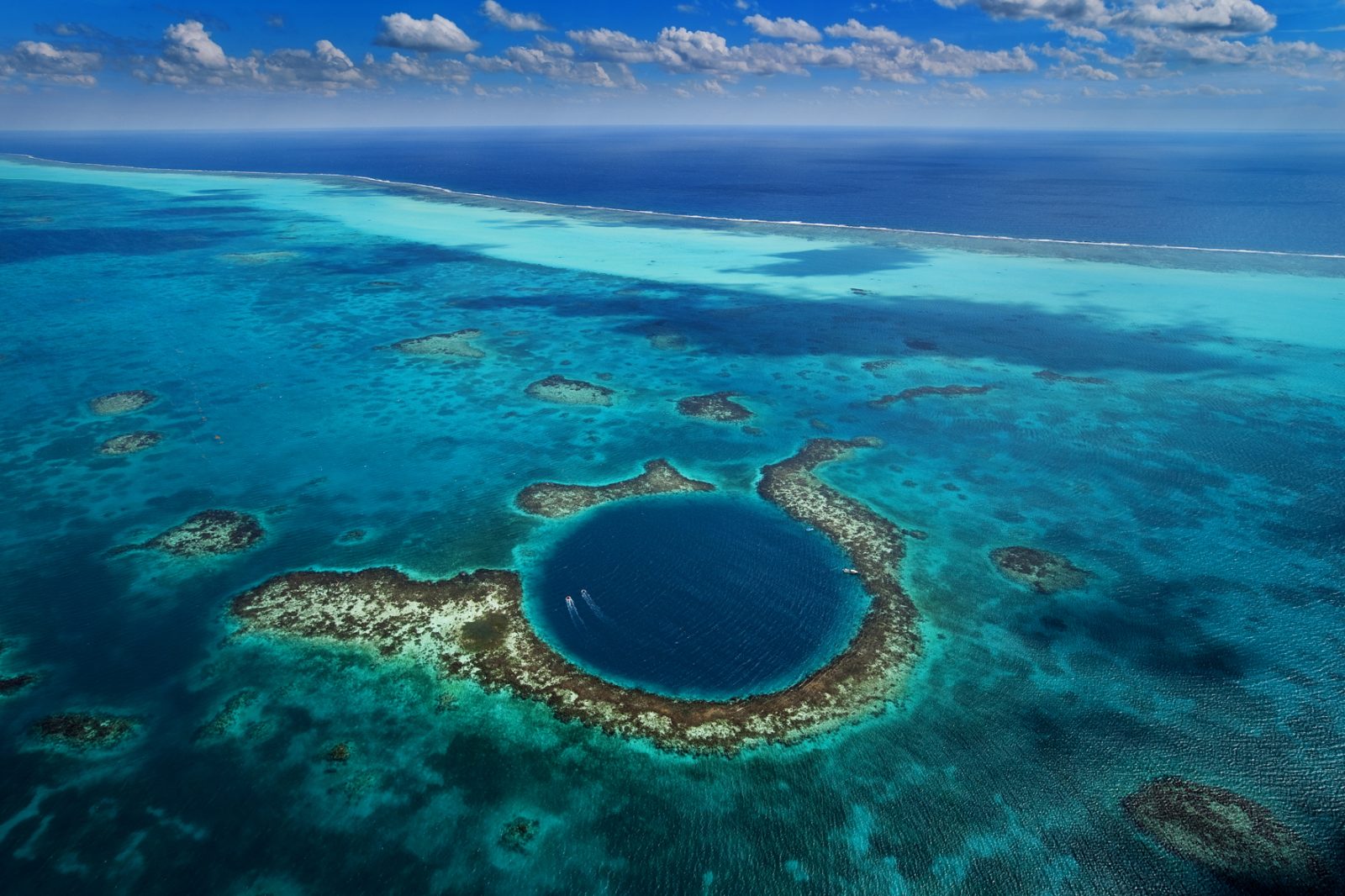
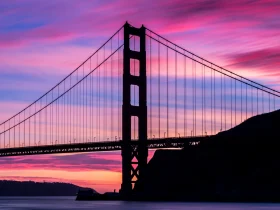

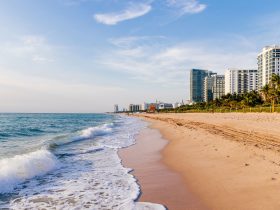
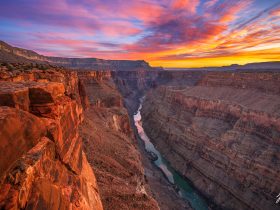
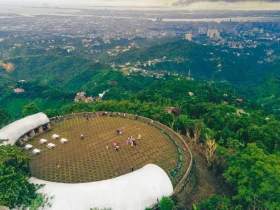
Leave a Review